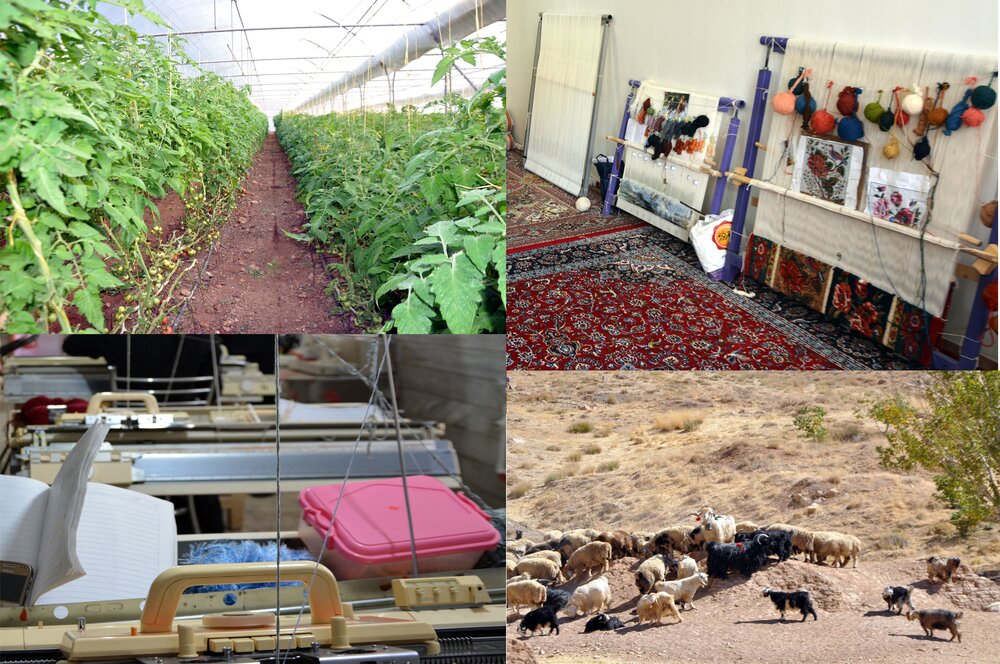Time for a holistic approach to rural development

The basic objective of rural development is to organize, develop and utilize the available resources of land, water, and human resources in such a manner that an entire population is dependent upon these resources and have an equitable opportunity to fulfill basic needs.
Rural development takes into account, both economic development and a greater transformation of the individuals. With the purpose of enhancing the livelihoods of the rural individuals, there is a need to increase the participation of the individuals in rural development programs, decentralization of planning, better enforcement of land reforms, and larger access to credit.
Working on these aspects will abridge the gap between the rural and urban divide and upgrade the standards of living of rural communities.
Many efforts have been made over the past couple of years by the government to support villagers and slow down the trend of migration from rural areas to cities.
Rural tourism, agritourism, religious tourism, and ecotourism are alternatives or complementary economic activities that could further stimulate rural entrepreneurship while decreasing rural community dependency on one main economic sector (agriculture, forestry, energy, mining, or fishing activities).
The literacy rate is directly proportional to development; thus, full access of rural communities to educational services should be regarded as a starting point to achieve sustainable development goals.
Significant measures taken
In Iran, October 6 is celebrated each year as the National Day of Villagers and Nomads.
Currently, 26 percent of the country's population lives in villages, Mohammad Omid, the vice president for rural development, has said. He added that around 39,000 villages have more than 20 households and 23,000 villages have less than 20 households.
Thus, more than 97 percent of the country's rural population lives in villages with over 20,000 households.
At present, 99.5 percent of the rural population is connected to the national electricity network, and 90 percent of the villages are supplied with fresh drinking water.
Moreover, 90 percent of the country's villages have schools, although some of them do not have proper structures.
Also, in the field of gas supply, more than 88 percent of the country's villages are connected to the gas supply network.
Rural population declining
Over 53 percent of Iran's population was living in rural areas some four decades ago, but urbanization has influenced rural demographic trends, decreasing the rural population to 20 million, representing 25 percent of the country’s population.
Currently, some 21 million people, equaling 25 percent of the total population, are now living in rural areas.
About 24 percent of Iran's population is less than 15 years old, and some 6 percent is above 65 years old, while 70 percent of the population is 15-65 years old.
According to statistics, rural areas are holding a higher population of younger people, because fertility is still slightly higher than urban areas and migration from rural to urban areas generally occurs by the working population, in fact, about 27 percent of the rural population is aging less than 5 years old.
Abolfazl Razavi, deputy vice-president for rural development and deprived areas, has said that some 60 percent of migrations from rural to urban areas are caused by the lack of appropriate jobs and sufficient income for educated people.
To achieve all range of rural development goals, proper attention must be paid to rural development perspectives such as quality of life improvement, sustainable agriculture, rural resilience, and reduced inequalities.
Rural areas should receive the same attention and opportunities from decision-makers, academics, and professionals regarding sustainable development policies and investments in infrastructure projects. Sustainable development requires a holistic approach where the daily basic needs of rural populations must be covered by reliable public utilities combined with technical, socioeconomic, and environmental conditions.
